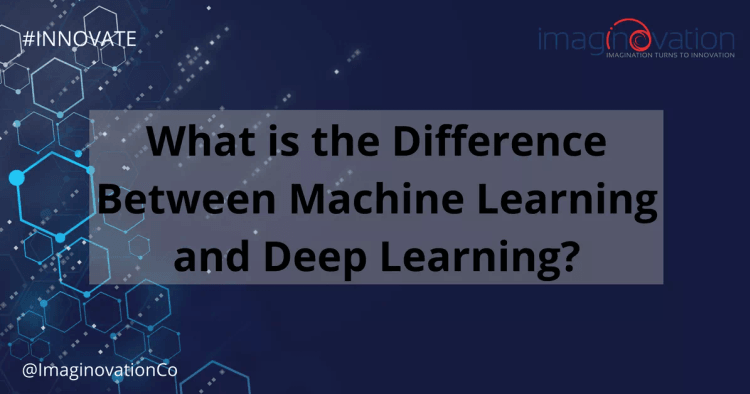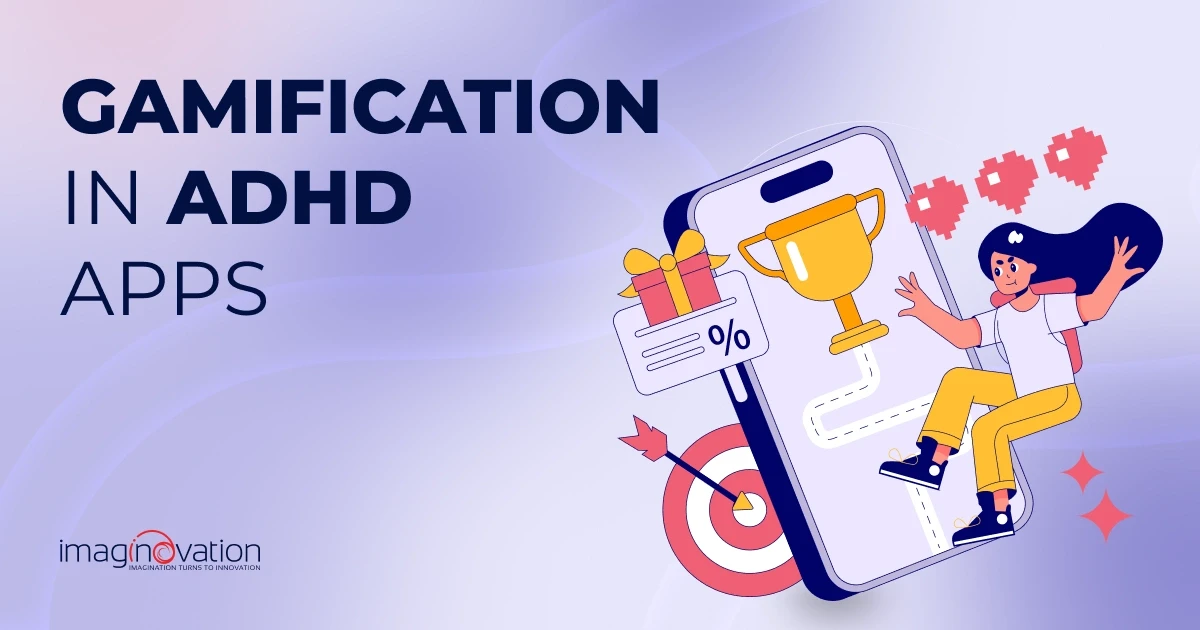Now that more people are hearing about AI and its practical uses, you might hear or read terms such as machine learning or deep learning & wondered what are they? Because they are new to the mainstream, it’s easy to confuse the two words as interchangeable, but they mean different things.
So what’s the difference between machine learning and deep learning? Let’s see.
What is Machine Learning?
In a previous post, we explained the difference between AI and machine learning. Machine learning is a subset of AI. Machine learning is newer than AI; it began in the 1990s when we were finally able to let computers analyze data, extract information, and learn from it. Basic software is coded with a particular set of instructions to accomplish tasks.
With machine learning, the machine is trained on how to do tasks based on large amounts of data. Our instructions, or algorithms, give it the ability to learn how to do the task.
But what about situations in which things are not clear? We might teach machines to recognize symbols such as numbers or letters, but what if handwritten digits are difficult to read?
Plus, for machines to understand things, we must feed them the correct sets of data, which limits them to data we think it relevant. What if we don’t account for factors? We are, after all, only human.

What is Deep Learning?
Deep learning is a way to do that. It’s another subset of AI and is also newer — sort of. The history of deep learning began in the 1950s when scientists attempted to mimic the brain’s neurons.
At the time, the collective knowledge of neuroscience was fairly limited, and the scientists got it wrong. In addition, what they were attempting would take massive computing power, the kind we simply did not have back then. Remember, your smartphone has far more processing power than what NASA used to go to the moon.
Though their programming was sophisticated, substantial processing power is necessary for the type of computations required for deep learning.
Deep learning uses artificial neural networks (ANN), which is what we call this type of computing. A large ANN consists of thousands of neurons, sort of like a brain, except a mammal’s brain has billions of neurons.
Further, the neurons in ANN work in layers, with the “deep” of deep learning referring to the many layers needed to perform these functions. Each layer can add and compute new information.
Deep learning is getting a bit closer to the power of a human brain. Instead of just reading a row of numbers, deep learning can take millions of examples and learn that the handwritten zero that looks like a six is actually a zero. Deep learning is a machine figuring out which data set it needs to solve the presented problem.
Deep learning is possible thanks to advances in GPUs. A standard computer operates with a CPU (central processing unit), while a graphics processing unit, or GPU, was first designed by gaming companies to process the functions and graphics in video games. Simply put, these cards process math at incredible speeds. Your PC has between eight and 16 processors. A GPU can have thousands.
While this technology has been around for a while, it’s now becoming cheaper than ever. You can build your own for around $1,000 and use open-source software.
You can also leverage other machines at the click of a button thanks to advances in cloud computing. The lower costs and significant changes in the industry have generated more excitement about AI.
One breakthrough came in 2012 when Andrew Ng at Google used 10 million YouTube videos to train a computer to recognize cats. While we still use algorithms, deep learning is replicating the brain functions, creating a machine that is more self-aware and can make connections based on the context of information.
For example, if you saw the letters A-P-P-L, you would probably guess the next letter is “E” depending on the context. Deep learning is the work toward making computers understand that “E” is the next letter and not, perhaps, “I,” for the word “application.” Therefore, machines powerful enough to handle deep learning can solve more complex problems.
IBM’s Watson, for example, has read Wikipedia and has proven the ability to differentiate the subtleties of language. In “How to Create a Mind,” author Ray Kurtzweil speculates that a computer version of such designs will soon become more capable than the human brain.

Machine Learning & Deep Learning Example Applications
While you may roughly understand the difference between the two types of approaches, you may wonder why it matters.
Like anything, you need the right tool for the job, and deep learning is overkill for some tasks. You can think of machine learning as more “simple” tasks, such as spam filtering. Machine learning is used for spell checkers and Pandora’s music preference software.
Meanwhile, deep learning is what is going to put autonomous cars on our streets. YouTube is using deep learning to remove violent videos from the web. Facebook and Google are combating fake news thanks to deep learning.
If you’ve heard about AI creating its own art and music, that’s deep learning. (Though it has work to do before we find it palatable.) Deep learning has been able to recreate a video game after watching a game for only two minutes.
All of these exciting changes have rekindled the industry. Now, the problem is the limitation of our own imagination. We can use the power of deep learning and end up with some weird art. But we can also produce solutions to the world’s problems and help businesses grow. If you’re intrigued by AI, contact us to learn more about applying it in the business community.
Ready to build an app, but not sure where to start?
We've got you covered. Click the button below to get started.





